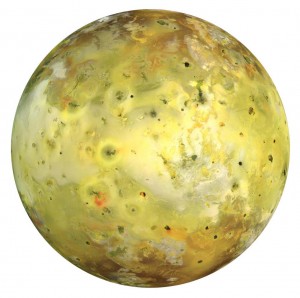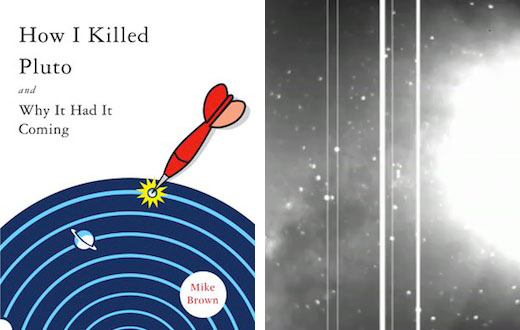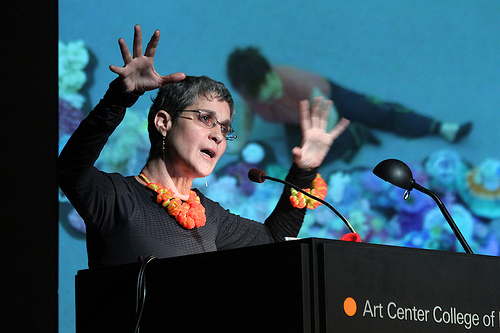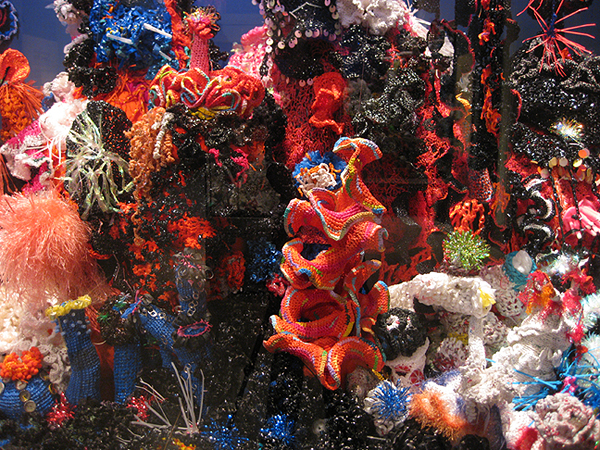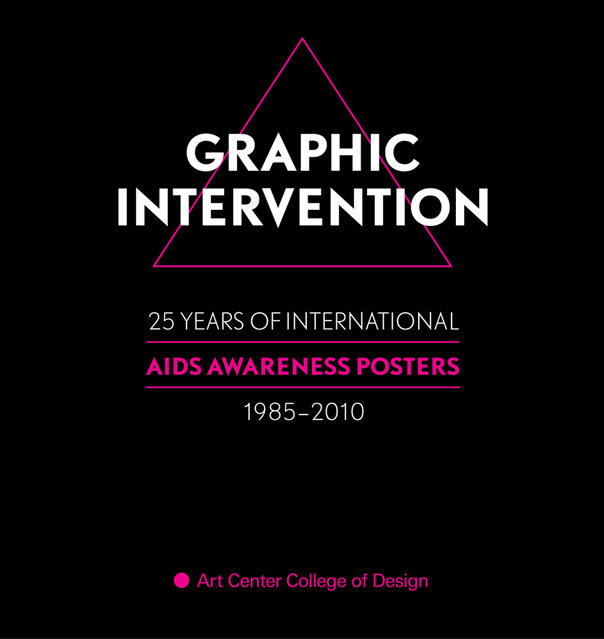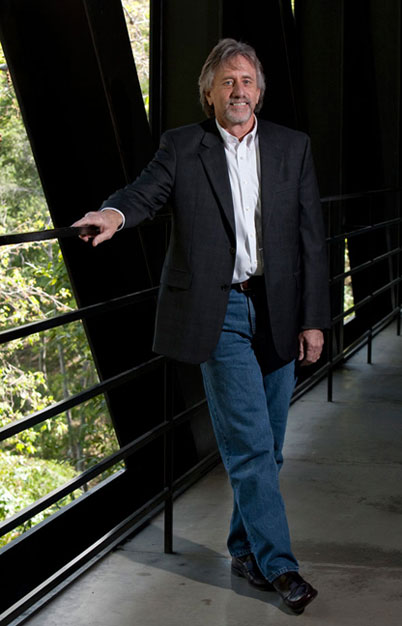If you haven’t had a chance to view WORLDS, currently showing at the Williamson Gallery, you are in luck. The exhibition has been extended through January 29, 2012.
WORLDS continues the theme of superimposing two domains traditionally imagined to be distant and estranged—art and science. The exhibition is a medley of objects, images, sounds and videos exploring celestial phenomena by examining the products of art and science.
Meteor rocks borrowed from UCLA’s Meteorite Collection, an illuminated manuscript from 1568, a Copernicus engraving and other scientific works (many borrowed from the rare books collection of the Huntington Library) are on display alongside more contemporary space-themed art by Jonathan Cecil, Richard Selesnick and Nicholas Kahn.
In the Los Angeles Times, WORLDS curator and Williamson director Stephen Nowlin explained the purpose of the exhibition, “We have an Earth focus. This show is about reinvestigating that perspective. It’s a space object we live on.”
According to Nowlin, exhibitions like WORLDS fit well with Art Center’s mission because the College trains artists and designers who innovate “at the boundary of art and science.”
The gallery is open Tuesday through Sunday, noon to 5 p.m. and Friday, noon to 9 p.m.

